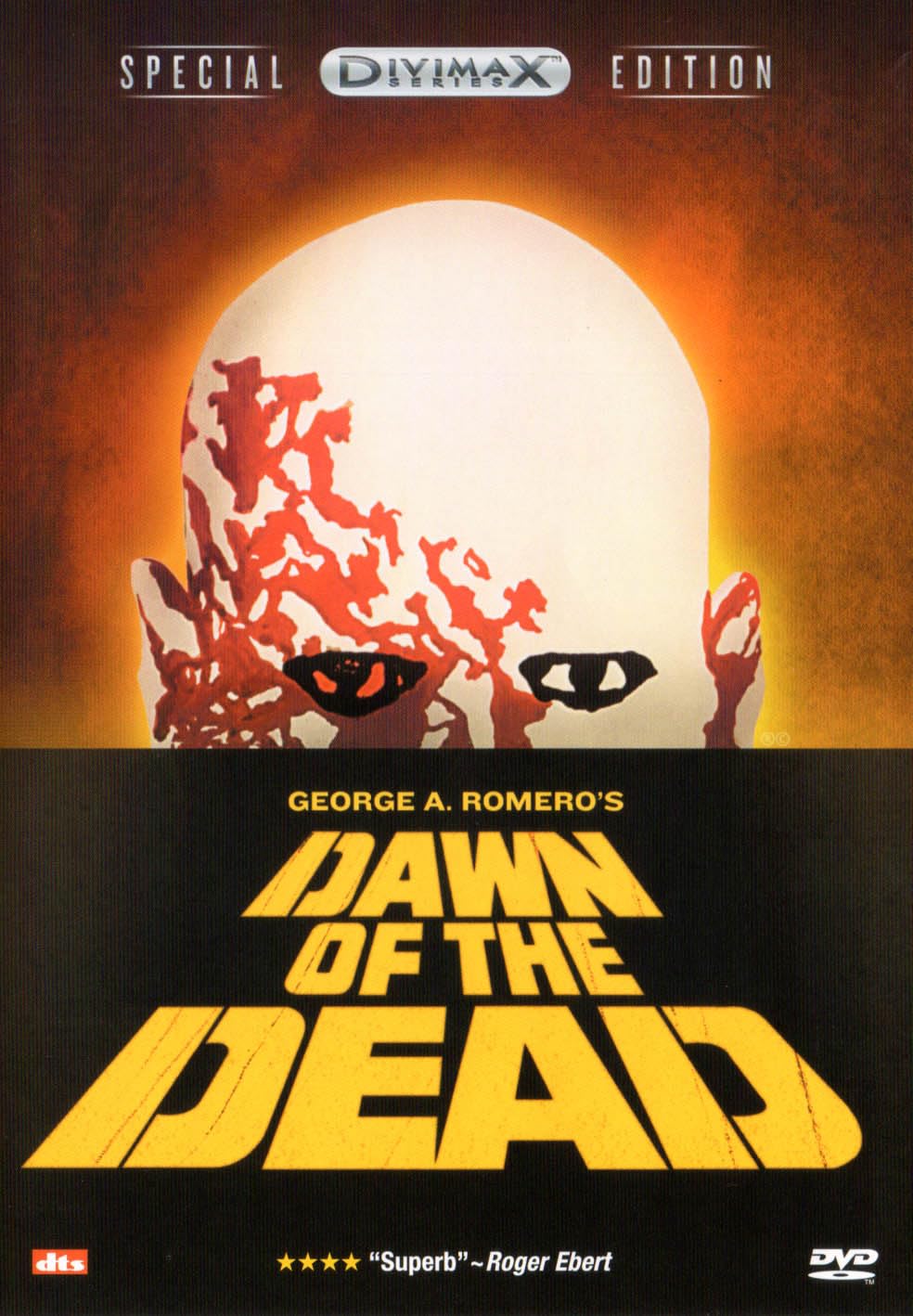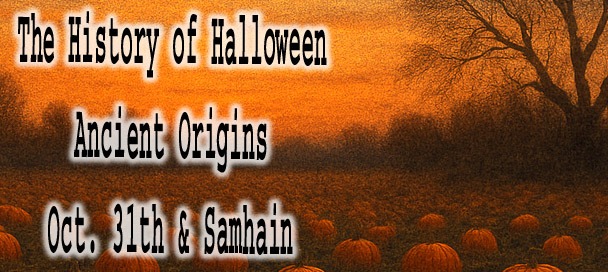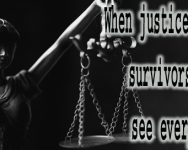🧟♂️ George A. Romero: The Man Who Taught Zombies to Run and Ruin Everything

George A. Romero on set directing Dawn of the Dead
Before George A. Romero, the undead shuffled. After Romero, they devoured. With a tiny budget, a black-and-white camera, and a lot of fake blood, George A. Romero flipped the horror genre on its head and then ripped it open.
George A. Romero (1940-2017) was an American filmmaker whose vision redefined horror, turning zombies from supernatural curiosities into mirrors of society’s worst flaws. He shocked audiences with Night of the Living Dead (1968), then pushed further with Dawn of the Dead and Day of the Dead, using gore, satire, and dread to examine racism, consumerism, and mortality. Romero’s work wasn’t about cheap shocks it was about dark truths hidden beneath the flesh. Independent, fearless, and deeply moral, he left behind a legacy that still pulses with fear and urgency.
Night of the Living Dead (1968) didn’t just launch a thousand zombie flicks it reshaped the way horror could look, feel, and mean something. Suddenly, monsters weren’t just in castles they were in your backyard, chewing through social norms with every bite.
Romero didn’t see himself as a horror guy. He saw himself as an independent filmmaker with something to say. But time and again, it was the undead who gave him his voice and he used it to talk about everything from racism to consumerism to government distrust.
He was scrappy, smart, fiercely independent, and totally unapologetic. And in the process, he became the godfather of modern horror.
He didn’t just make undead walk he made them carry meaning. Romero’s monsters are reflections of us, and that makes them far more terrifying.
👶 Early Life
George Andrew Romero was born on February 4, 1940, in the Bronx, New York, to a Cuban father and Lithuanian-American mother. He grew up in a working-class neighborhood and found an early fascination with monster movies, comic books, and anything strange that flickered across a screen.
By age 14, George A. Romero was sneaking into Manhattan to rent 8mm reels from the Museum of Modern Art, lugging them back on the subway just to study the craft. It wasn’t just horror that grabbed him it was film itself. Bergman, Welles, Fellini he took them all in, filing away influences that would later collide in the most unexpected genre.
He attended Carnegie Mellon University in Pittsburgh, originally focusing on art and design, but the call of filmmaking pulled him in deeper. After graduation, he stayed in Pittsburgh and started a small production company, Latent Image, making commercials and industrial films just to pay the bills.
No Hollywood. No studios. No big breaks. Just a camera, some friends, and an obsession with telling stories his own way. It wasn’t long before that DIY energy turned into a movie that would change horror forever.
Explore the Biographies of Iconic Celebrities
🎬 Film and TV Career
George A. Romero didn’t invent the zombie, but he made it terrifying, political, and unforgettable. His career truly began when he and a few friends scraped together a tiny budget, borrowed equipment, and shot Night of the Living Dead (1968) in black and white on the outskirts of Pittsburgh. It starred mostly unknowns, including Duane Jones, who delivered a groundbreaking performance as a Black lead in a horror film something almost unheard of at the time.
The film exploded. Not at first but slowly, through word of mouth, drive-ins, and late-night screenings. It shocked audiences, challenged expectations, and slipped in biting social commentary. George A. Romero had arrived and he wasn’t interested in playing by the rules.
A decade later, he followed it up with Dawn of the Dead (1978), turning a shopping mall into a battleground and zombies into metaphors for consumerism. This time, he had a bigger budget and new faces, including David Emge, Ken Foree, and Scott H. Reiniger. But the real star behind the gore? Tom Savini, who not only did the makeup effects but also appeared on screen as a machete-wielding biker. Savini and Romero would go on to work together again and again becoming one of horror’s most iconic duos.
Day of the Dead (1985) brought the bleakest entry in the original trilogy, showcasing Savini’s even gorier effects and the standout performance of Sherman Howard as “Bub,” the most sympathetic zombie ever put on film. It wasn’t a box office smash, but over time it gained a massive cult following.
Romero didn’t just do zombie films. He directed Martin (1976), a quiet, disturbing take on modern-day vampirism, and Creepshow (1982), an anthology love letter to EC horror comics written by Stephen King and starring Adrienne Barbeau, Hal Holbrook, and Leslie Nielsen in one of his creepiest roles.
George A. Romero also directed The Crazies (1973), a pandemic thriller long before COVID made it real, and Knightriders (1981), a strange, passionate story about a motorcycle jousting troupe starring Ed Harris. Even when his films weren’t commercial hits, they were his uncompromising and full of heart, blood, and brains.
George A. Romero returned to zombies in the 2000s with Land of the Dead (2005), featuring Dennis Hopper, John Leguizamo, and Asia Argento. It was slicker, bigger, and still fiercely political. He followed it with Diary of the Dead (2007) and Survival of the Dead (2009), proving he still had plenty to say, even as the genre he helped create was being overrun by imitators.
He never worked in traditional TV but became a staple of conventions, documentaries, and horror retrospectives. Countless filmmakers Robert Rodriguez, Edgar Wright, James Gunn, Eli Roth have cited him as a direct influence. Without Romero, there’s no The Walking Dead, no 28 Days Later, no Shaun of the Dead.
He wasn’t just a horror director. He was a movement. And every undead shuffle that’s hit the screen since owes something to his twisted, brilliant vision.
🧟 Dawn of the Dead – Special Divimax Edition George A. Romero
George A. Romero changed the horror landscape with Dawn of the Dead (1978), the blood-soaked, satirical sequel to his groundbreaking Night of the Living Dead. This Divimax Special Edition brings the chaos home in vivid detail, restoring one of the most iconic zombie films ever made.

Romero's undead masterpiece returns in a special collector’s cut.
Set against the consumerist backdrop of a suburban shopping mall, the film follows a small group of survivors David Emge, Ken Foree, Scott H. Reiniger, and Gaylen Ross as they barricade themselves against the undead horde outside. But in true Romero fashion, the real threats aren't just zombies they’re human greed, ego, and the collapse of civility.
This edition features Tom Savini’s legendary practical effects at their splattery best, from exploding heads to gnawed limbs, all done with a raw, gritty style that’s become the gold standard of zombie gore. Savini also appears on screen as a ruthless biker, adding to the film’s chaotic climax.
Romero mixes horror with sharp satire, creating a film that's terrifying, hilarious, and disturbingly relevant decades later. Whether you’re watching for the social commentary or the gut-munching mayhem, Dawn of the Dead remains one of the most essential entries in horror cinema.
The Special Divimax Edition includes a restored widescreen transfer, audio commentary, behind-the-scenes featurettes, and more making it a must-have for horror fans and collectors alike.
🕊️ Later Years
In his later years, George A. Romero became something more than just a filmmaker he became a godfather to an entire generation of horror fans and creators. Though Hollywood never really rolled out the red carpet for him, his influence was undeniable. He continued making films independently, on his own terms, and with the same rebellious spirit that defined his early work.
Land of the Dead (2005) marked his return to a bigger budget and theatrical release, and while it was flashier than his early work, it still had Romero’s fingerprints all over it sharp social commentary, brutal gore, and characters who felt raw and human. He shot it in Toronto, a city he would later call home, and cast a mix of rising stars and veterans like Dennis Hopper and John Leguizamo.
He followed it up with Diary of the Dead (2007), a found-footage experiment that tackled internet-era paranoia, and Survival of the Dead (2009), which brought his zombie saga full circle with a story about family feuds and survivalist culture. These films weren’t box office juggernauts, but they were pure Romero small crews, big ideas, and no studio interference.
Even as his health declined, George A. Romero stayed connected to the horror world. He made appearances at conventions, mentored young filmmakers, and contributed to anthologies and documentaries. Fans lined up for hours just to shake his hand, and he was never too big to sign a VHS sleeve or pose for a photo.
Romero passed away on July 16, 2017, at the age of 77, after a brief battle with lung cancer. He died listening to the score of The Quiet Man, his favorite film. Fitting, for a man who never needed to scream to be heard he let the dead do that for him.
He snuck into Manhattan as a teenager to rent 8mm reels from MoMA to study cinema on his own time obsessed with every frame and idea.
🏆 Legacy
George A. Romero didn’t just reshape horror he redefined what it could say. His films weren’t just about guts and gore they were about society, fear, survival, and what’s left of our humanity when everything else falls apart. He made horror smart without losing the bite, and made zombies terrifying by holding up a mirror to the real world.
He didn’t follow trends he set them. His gritty, handmade approach to filmmaking inspired generations of indie directors, and his zombies have crawled through pop culture ever since. You see his fingerprints on The Walking Dead, World War Z, Resident Evil, and even comedies like Shaun of the Dead.
The next Halloween, when you dress up as a zombie and put on your Flyboy Zombie mask or your Bub Zombie mask, it’s because of George A. Romero. Without him, the undead would still be stumbling through folklore instead of crashing through shopping malls and military bunkers.
George A. Romero left behind a legacy built on brains both literal and metaphorical. He gave horror a conscience, gave zombies a voice (eventually), and gave generations of misfits, outsiders, and horror lovers a cinematic home to rally around. And for that, we owe him everything.
🗣️ Why They Still Matter
George A. Romero remains vital because his horror taught us to see the world: the rot behind “proper society,” the fear we deny, the voices we silence. Today’s horror, from TV to indie film to massive franchise zombies, wouldn’t exist as we know it without his bloody, brilliant trailblazing.
Further Reading & Resources
📖 Read: Interview with George Romero – RogerEbert.com
📰 Read: Remembering George Romero, A Filmmaker Who Brought The Dead To Life – NPR

ML Lamp is the owner of Kilroy Was Here. After his 20 years of working in Las Vegas in the entertainment promotions field, Mr. Lamp retired in 2002 from his job to pursue his passion for collectibles. Now as a guest speaker and author he’s living the dream, and sharing his warmth with You.





